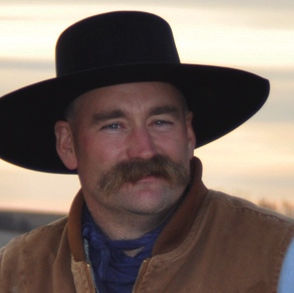I recent spent a Saturday evening with the Murray County Cattleman in Minnesota. The southwest part of the state is interesting in terms of the cattle business.
I drove about five hours in Minnesota on the day before arriving in Hadley for the evening meeting and I must be honest, I saw more deer than cows. Now to be exact, I am talking about momma cows and not cattle on feed, because feedlots are easy to find. At the end of the day, this county is quite important in the business of overall beef production.
This region, relevant to the cattle business, is not a great grass region of the country but rather a crop-growing region. Minnesota is in the top 10 for sugar beets, field peas, sweet corn, soybeans, dry beans, sunflowers, corn, spring wheat, oats, canola, barley, rye, snap peas, potatoes, vegetables and alfalfa. Now what do those commodities have to do with beef cattle production? If they are used as human food, they also have a byproduct that can be fed to cattle to add value.
On the morning after my meeting, I went to Phil Sweetman’s farm, and he was feeding most of these products to steers in the grow or finish phase. We talked about how important corn stalks have become not only as a feed source but also as bedding for livestock.
That is the most untold story of food animal production in my mind. Cattle do consume the very products that humans are unable to utilize and are able to upcycle it into the most nutrient-dense food substance on the planet. Don’t forget that nearly 75% of the United States land mass is not suitable for growing crops that humans can consume yet a ruminant animal can eat that cellulose material and turn it into a true health food.
Beef cattle are quite amazing in the way they can consume otherwise waste products and convert them into something fantastic for humans. Most people have no idea that the only food produced for humans from No. 2 yellow corn is high fructose corn syrup. However, we can feed the byproducts of that production, as well as the corn not used for syrup, to finishing cattle.
While some people want to claim that cows aren’t doing anything to improve the health of the planet or the health of humans, they need to understand the benefits of being able to feed these byproducts to animals that can utilize them as part of a balanced diet instead of trying to find places to dispose of them after processing. Thousands of tons of “scraps” are saved from the landfill when they become part of a feedlot ration.
I was so honored to be a part of this great meeting that included a fantastic representation of the business community of Murray County. I truly got the sense that this rural county in Minnesota has a good grasp on the importance of every small business in the state, particularly cattle feeding operations.
Most folks in this country today take for granted or simply have no clue that the beef business has become the core fabric of this nation. Let’s hope that meetings like the one hosted by the Murray County Cattlemen can serve as a reminder to everyone of the importance of this byproduct upcycling industry that feeds the world.
Editor’s note: The views expressed here are the author’s own and do not represent the views of High Plains Journal. Trent Loos is a sixth generation United States farmer, host of the daily radio show, Loos Tales, and founder of Faces of Agriculture, a non-profit organization putting the human element back into the production of food. Get more information at www.LoosTales.com, or email Trent at [email protected].



